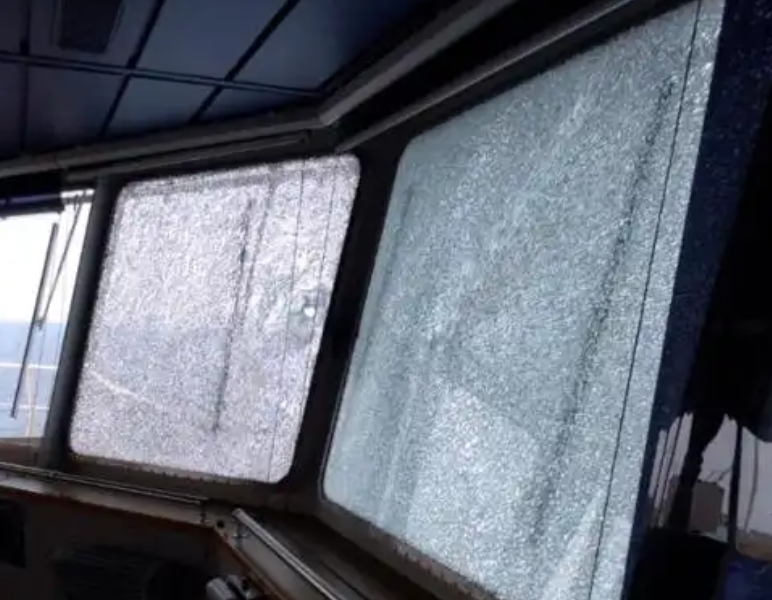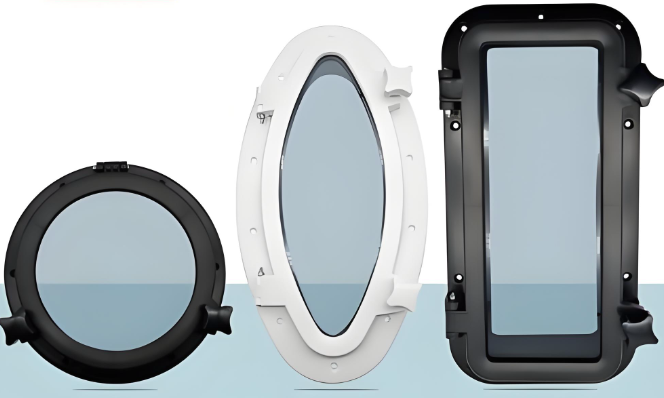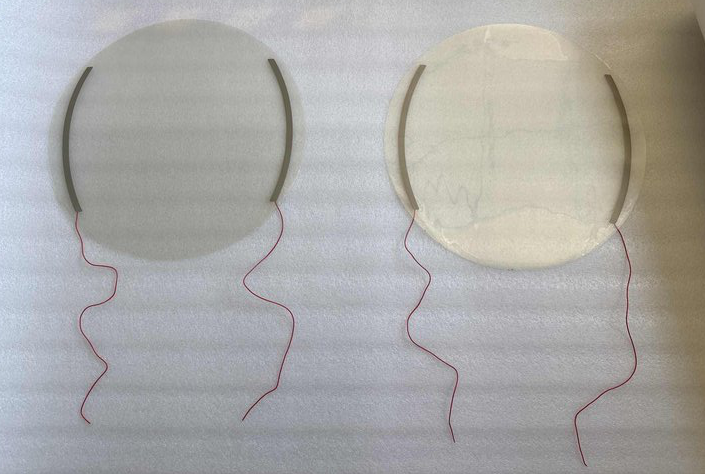People are always asked: “Why marine navigation windows always fog up? How to keep them clear?” Fogged windows are one of the most common visibility problems on ships. It happens on ferries, workboats, patrol vessels, fishing boats, and even on modern smart ships. Once the window loses clarity, the crew cannot judge distance, read the sea surface, or recognize lights ahead. This may look like a small issue, but in a dynamic marine environment, it becomes a real safety risk.
This blog explains why fog forms on marine windows, how it affects navigation safety, and how transparent heating film offers a clean, fast, and reliable way to remove fog at sea.
Fog on ship windows seems simple, but the cause is a mix of humidity, temperature difference, and airflow around the cabin. At sea, the humidity is extremely high. When warm air inside the cabin touches the cold glass surface, a layer of water droplets forms.
This can happen within minutes, especially during night sailing, early morning operations, or when moving from warm engine areas to cold sea breeze.
Other factors include:
Even with modern ship design, fogging on windows remains a frequent challenge.

Clear visibility is the most basic requirement for safe sailing. When the window is covered with fog, the crew faces real issues:
Fog does not only reduce clarity. It also distorts the view, making lights appear blurry or stretched. Night sailing becomes stressful because the crew cannot judge depth or brightness correctly.
For small vessels, fishing boats, and tugboats, the impact is even stronger because they rely heavily on direct line-of-sight.
Modern ships use cameras for monitoring, docking, and night operations. These cameras also suffer from fog and condensation.
When a marine camera fogs up:
Marine cameras often sit in sealed housings, but moisture can still enter. Cold wind cools the outer shell. The lens temperature drops, and fog forms inside or outside the cover. For unmanned systems, automated ports, or offshore platforms, clear camera images are essential.
Ships commonly use wipers, blowers, or anti-fog coatings. But at sea, these methods are often not enough.
You must know, the marine environment is harsh. Strong wind, humidity, and spray constantly cool the window surface. That is why a more direct and efficient heating solution is needed.
Transparent heating film removes fog by gently warming the surface of the window. The heat prevents moisture from turning into tiny droplets, keeping the glass clear even in cold or wet conditions.
The advantages include:
Transparent heating film works on both:
This makes it one of the most flexible upgrade options for marine vessels.

Ship operators choose transparent heaters because the benefits are clear and direct:
For vessels with frequent night shifts, rescue tasks, or offshore trips, this small upgrade can greatly improve daily operations.
A marine environment requires stronger performance than normal conditions. Here are the key parameters ship operators should look at:
Danyu Electronics designs transparent heaters with these features in mind. Each film is customized based on window size, operating temperature, and electrical requirements.

Installing a transparent heating film is simple and does not require major modifications.
Typical steps include:
The film is flexible and can fit flat glass, curved windows, or camera housings. This gives ship designers more freedom compared with traditional heated glass.
Danyu Electronics specializes in high-clarity, fast-response transparent heating films for marine and industrial environments.
Our heaters provide:
We support marine navigation systems, offshore cameras, port equipment, and other outdoor devices that require long-term clarity.
If your vessel or marine system suffers from fogging, condensation, or visibility problems, our team can design a tailored heating solution to match your exact needs.
Simply drop your email or phone number in the contact form, and we'll promptly reply you shortly.